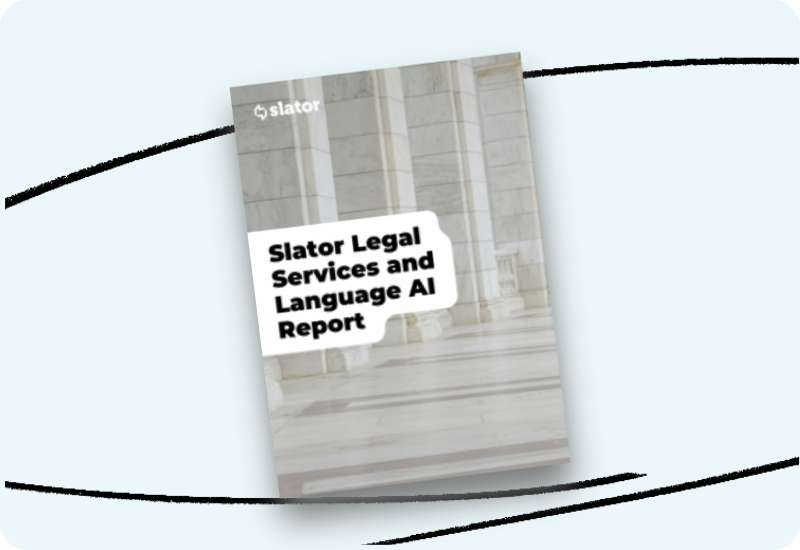Contract translation should ensure consistency across a business’s operations and enable organizations to keep track of their rights and obligations. But, for contract translation to fulfill these goals, three main challenges must first be monitored and overcome.
- Avoiding Ambiguity
Many contracts used in business are dense, long, and packed with often incomprehensible legal language, jargon, and terminology. While such ‘legalese’ can make contracts challenging for the layperson to understand, the choice of wording reflects the need to avoid confusion or ambiguity as to the terms agreed between the parties.
Contract translation is about more than simply substituting one word for another. Legal translators must consider the nuances of the languages with which they work if they are to clarify meaning and avoid ambiguity in the translated text.
- Getting the Basics Right
Contractual practices that are commonplace in one country do not always have an equivalent in others. For contracts to be legally applicable in your target market, your translator not only needs to apply their knowledge of the legal language but also have an appreciation of the legal system in the relevant country. Failure to do so could undermine your ability to enforce your rights in case of a challenge or dispute.
Even minor differences in formatting—for example, in the presentation of the date or value fields—can affect your ability to enforce or understand a contract’s terms or important deadlines, such as dates for payment or renegotiation/renewal.

- Achieving Consistency
It takes specific legal skills and subject matter expertise to draft contracts in English that will protect your business in case of a legal dispute. That same skill also needs to be applied by your chosen linguist or Language Service Provider (LSP) if your translated contracts are to establish the same explicit rights and obligations.
But contracts are not static documents. Part of the complexity of contract management lies in the difficulty of identifying and managing changes across a large and disparate number of contracts and agreements, especially when they are stored in multiple formats and on different programs, servers, and devices.
By centralizing contracts into a single system or workflow, businesses can ensure that changes are managed across their entire portfolio of agreements irrespective of language or type of agreement. This ensures that the same standards and practices are applied to your Franchise and Licensing Agreements, for example, your Management & Shareholder Agreements, Supplier Service Level Agreements, Sales & Purchase Agreements, and so on.

Do You Know What Is in Your Contracts?
To ensure compliance, signatories need to be able to refer back to contractual document(s) to remind themselves—and their employees—of the responsibilities they owe and are owed. This can be quite some undertaking for a multinational business, given the potentially large volume of contracts and agreements and the different languages and legal jurisdictions that may be involved.
Backed by modern contract management tools and technologies, contract translation enables businesses to obtain a holistic overview of all existing agreements by recording agreed terms and conditions, rights and responsibilities, and associated deadlines and financial obligations centrally and in one common language.
As importantly, consolidating and translating contracts in this way also provides the opportunity to identify any oversights, omissions, or errors in agreements, as well as to monitor renewal due dates (for possible renegotiations) and build consistency in agreed terms across a business’s entire operation in future contracts.
Get in touch with us today at [email protected] to discuss how we could support you in your contract translation and management needs.





